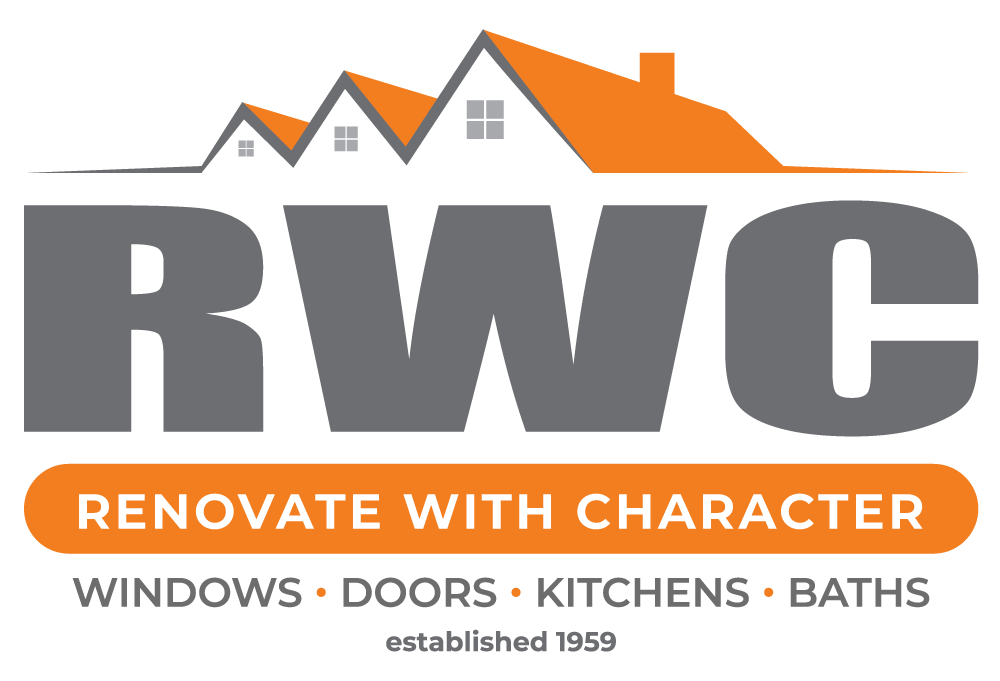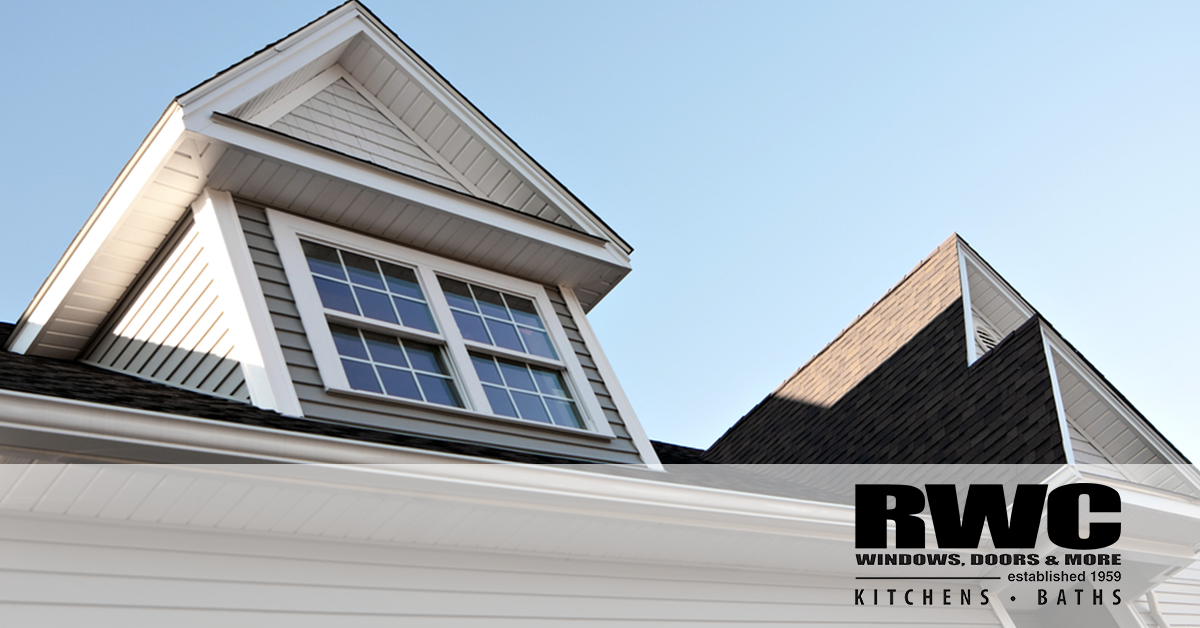
Taxpayers have been enjoying numerous energy tax credits from the federal government on home improvement projects that boost their home’s energy efficiency. At the end of 2016, the clock expired on some of the federal green energy and home efficiency tax credits. The exception was solar energy projects (which will be available up to 2021) and the EEM (Energy Efficient Mortgage) program which will be available indefinitely.
At the moment, here are 4 home improvement projects that may qualify you for energy tax credits as you prepare to file your tax returns in April 2018.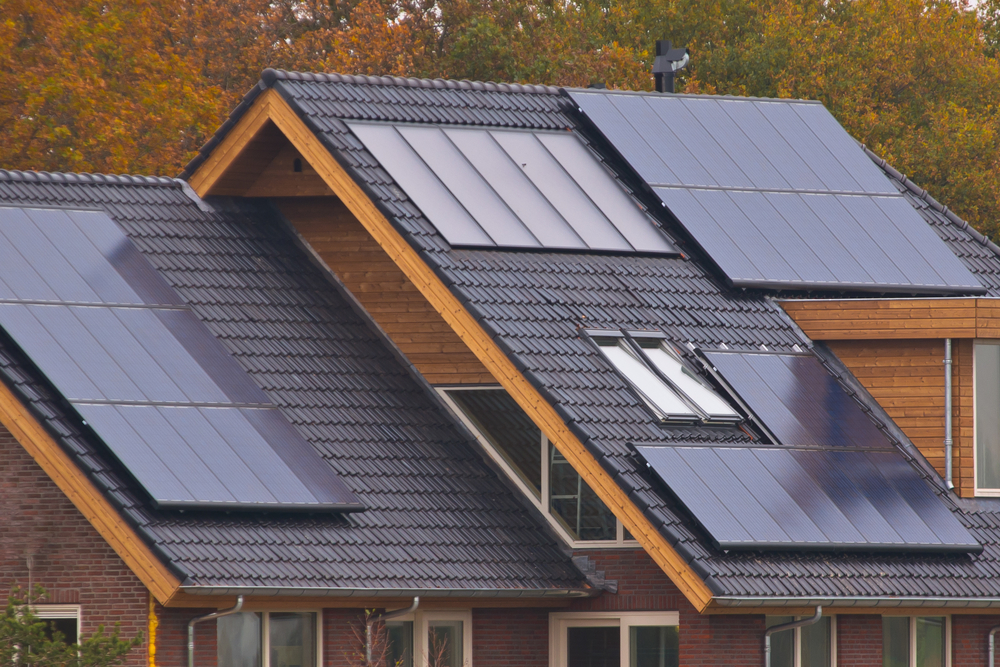
1. Solar energy home improvement projects
Installing Solar water heaters or solar panels may qualify for a tax credit equal to 30% of the total cost of the equipment and any associated installation costs. These tax credits are available through 2021, but will gradually decrease to 26% in 2019, 22% in 2021, and then expire by December 31, 2021. The tax credit on these home improvements can be claimed on newly constructed homes and existing homes (including 2nd homes). Rental properties do not qualify.
For the solar heaters to qualify for home energy tax credits, they must produce at least half their energy from solar and be certified by the SRCC (solar rating and certification corporation). However, all energy-star rated solar water heaters quality. Solar panels that qualify must be generating electricity for the residence alone. They must also meet the necessary electrical and safety code requirements.
2. Wind power generation projects
Installing small wind turbines power up your home, save on utility bills, and qualify you for energy tax credits. Small wind turbines qualify for a tax credit of 30% calculated against the total cost of purchasing equipment plus the installation costs. Lucky for you, there is no higher limit on the credit size! The wind turbines must have a generating capacity of no more than 100 kW, which is the maximum capacity output for turbines under ideal wind conditions to qualify you for the tax credit. The credit is also only applicable to new and existing homes (both primary and second), but not on rentals.
3. Installing geothermal heat pumps
Geothermal heat pumps will also qualify you for a tax credit equal to 30% of the total equipment purchase as well as installation costs. There is also no upper limit on the amount of credit you get here. To qualify, your geothermal heat pumps must meet certain performance and efficiency standards laid out by the Department of Energy. According to the Energy Department also, geothermal heat pumps consume 25% to 50% less electricity than the traditional HVAC systems. They can be used for water heating, home heating, and air conditioning. The tax credit applies to projects undertaken in new and existing homes (both primary and second), but not on rentals.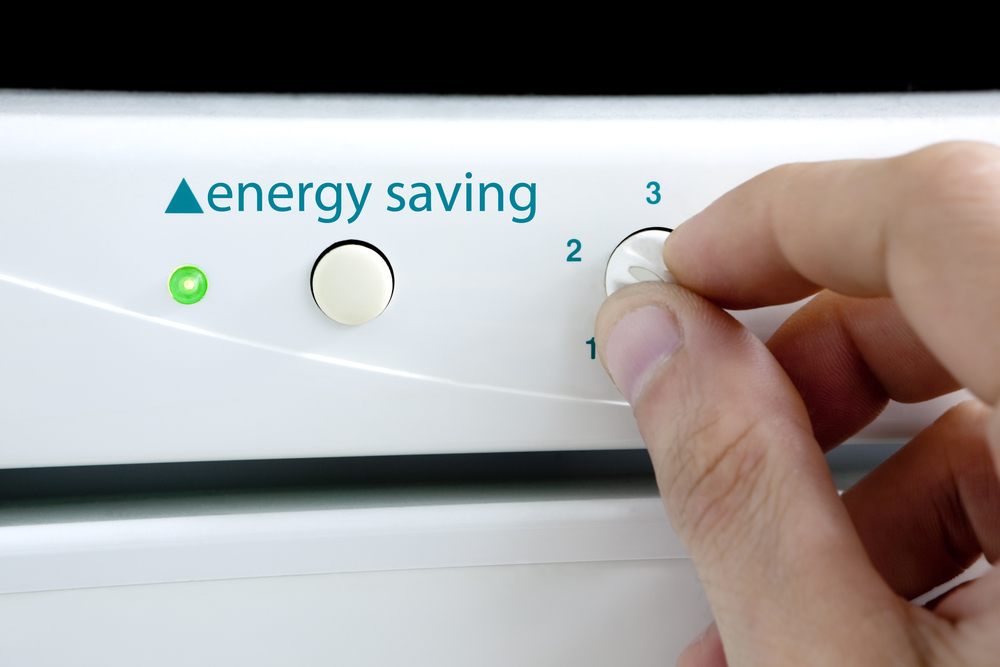
4. Installing fuel energy cells
Fuel energy cells may be quite expensive to purchase and install, but the federal government assures you of a 30% tax credit on the total cost of equipment and installation fees. However, there is an upper limit of $500 per 0.5 kW of generating capacity in this case. The system also has to achieve efficiency ratings of 30% and above, or have a generating capacity of at least 0.5 kW. The tax credit is applicable in existing and newly constructed homes only. Rental properties and second homes do not quality.
Takeaways
- Beginning January 2017, some of the federal green energy and home efficiency tax credits were discontinued
- Home improvement projects qualifying for tax credits include; solar, wind, geothermal and fuel cell power production projects
- Solar, wind, geothermal, and fuel cells power projects qualify for a 30% tax credit
- You may claim tax credits on projects either on your newly constructed home, second home, or rentals. Check the specifics of each, as the fine print varies.
If you undertook any of the above projects last year, apply for tax credit from the IRS by filing Form 5695 with your federal tax return. For more information on energy efficient windows, doors and more, contact the professionals at RWC Windows Doors and More right away!
